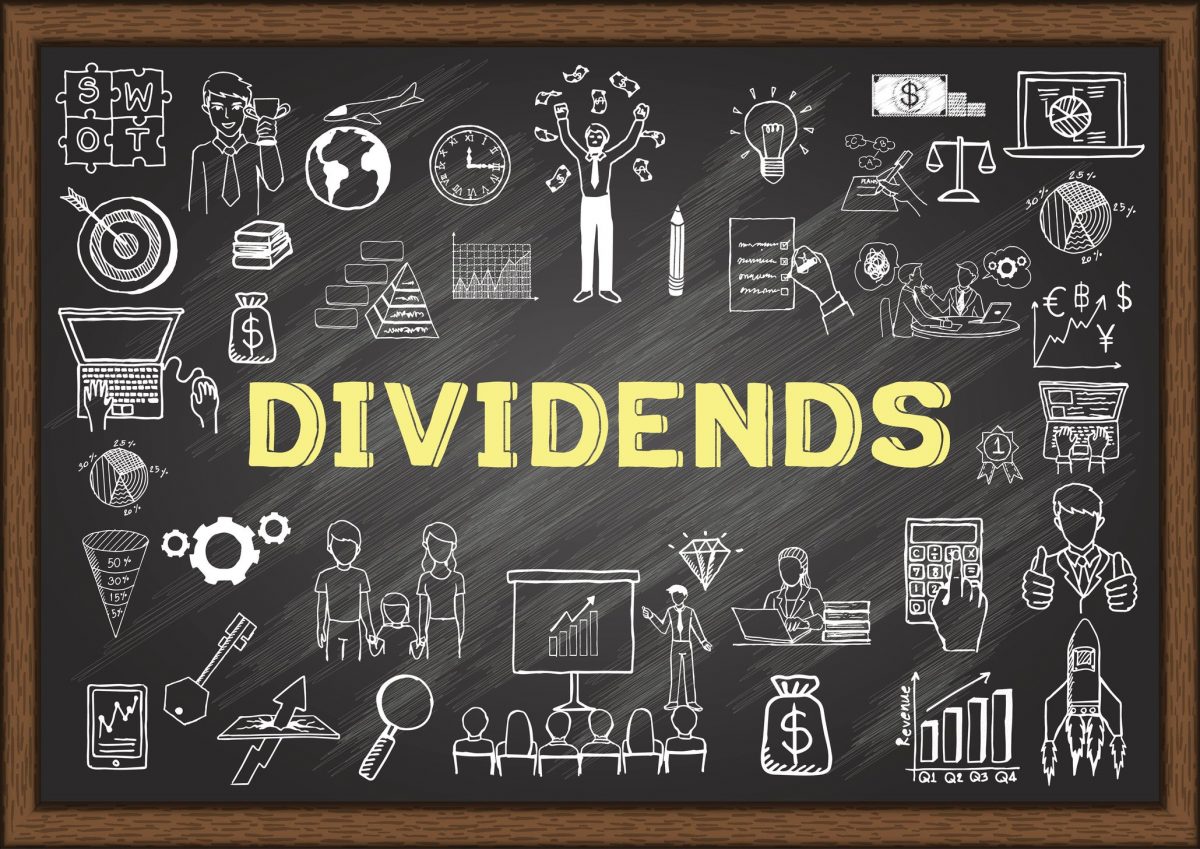Bega benefited from consumer stockpiling and an associated reduction in promotional activity amid the pandemic. The firm was able to leverage production capacity to meet demand quicke than competitors, achieving market share gains in spreads. However, this was offset by a decline in demand for wholesale food products, bulk ingredients, and disruptions to export market supply chains. Underlying EBITDA margins deteriorated to 6.9% from 7.4% in the prior period, which we attribute to elevated input costs, operating inefficiencies and unfavourable mix shift.
Nonetheless, we expect COVID-19 headwinds to be a shortterm issue for Bega, and the outlook for input cost pricing is improving due to more favourable conditions. We forecast operating margins to expand to 6% by fiscal 2025 (on a post AASB 16 basis) from less than 4% in fiscal 2020, underpinned by process optimisation and cost out initiatives. But we expect further margin expansion to be somewhat limited by Bega’s powerful supermarket customer base, and continued substantial contribution from the dairy category despite the firm’s strategic shift towards becoming a diversified branded consumer packaged food business.
We forecast a revenue CAGR of 6% over the five years to fiscal 2025, underpinned by mid-single-digit growth in the branded foods business, low-single-digit growth in the bulk foods business and inflationary price growth. We forecast per capita cheese consumption to remain stable, implying demand will grow in line with population growth.
Bega’s balance sheet is in sound financial health. Leverage, measured as net debt/underlying EBITDA, improved to 2.35 in fiscal 2020 from 2.75 in fiscal 2019, which is comfortably below covenants. Bega utilised robust operating cash flow and effective working capital management to reduce net debt over the period. We expect leverage to improve to sub-1.0 by fiscal 2025 as earnings improve, working capital unwinds and capital expenditure normalises. We anticipate Bega will have the balance sheet capacity to explore potential bolt-on acquisitions and partake in industry rationalisation, although the timing and scale of further acquisitions is uncertain. Regardless, we expect Bega will maintain a dividend payout ratio of 50% normalised EPS.

(Source: Morningstar)
Disclaimer
General Advice Warning
Any advice/ information provided is general in nature only and does not take into account the personal financial situation, objectives or needs of any particular person.










